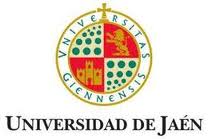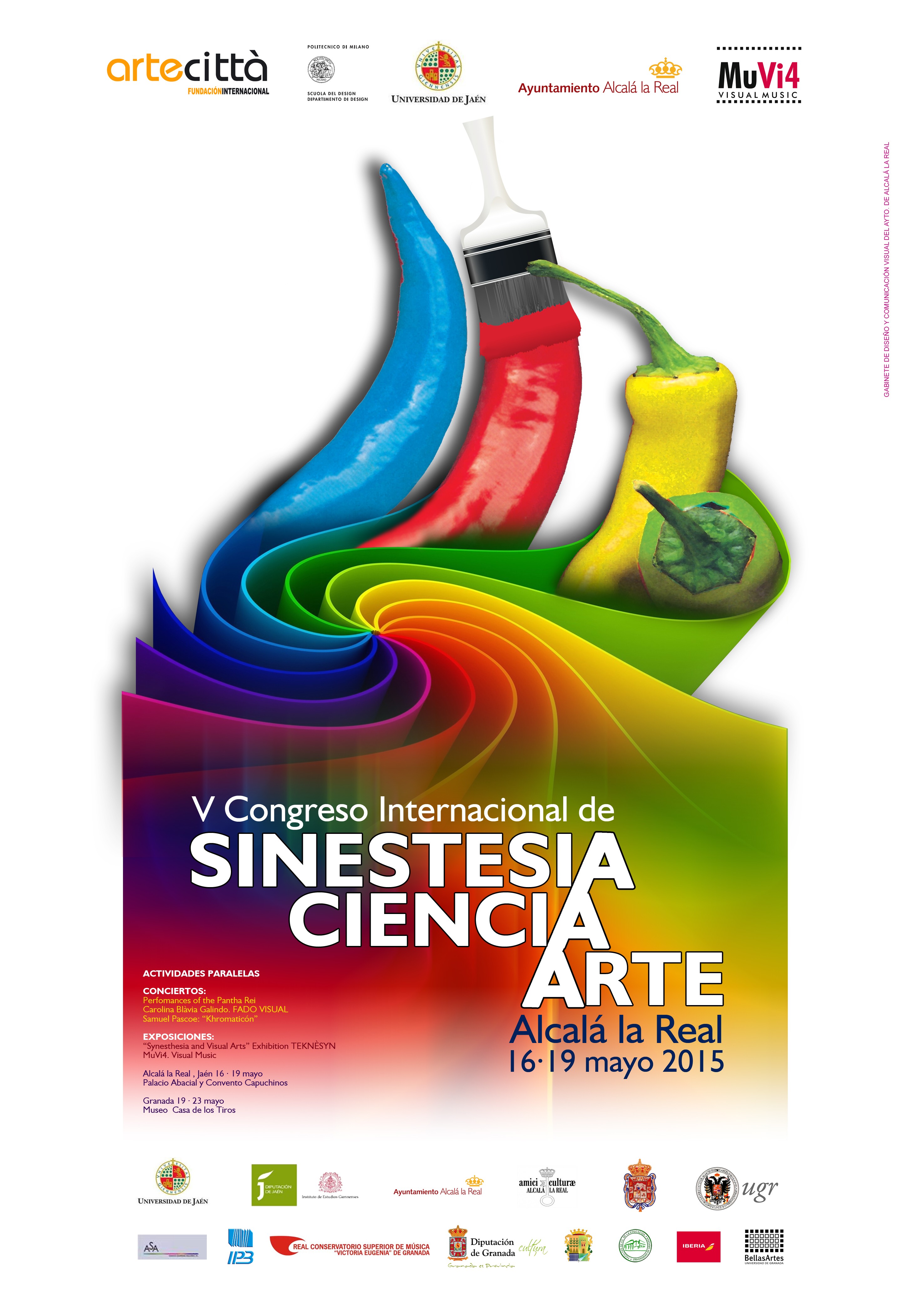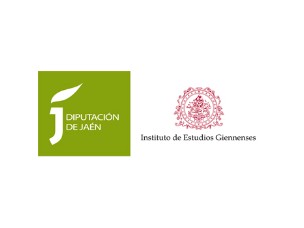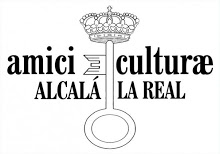Ninghui XIONG, La Plantation International Art Centre,
Tong Jun DING, HANG ZHOU Normal University
Rui REN, Art Museum of China Central Academy of Fine Arts (CAFA)
Xing ZHANG, La Plantation International Art Centre
Long LONG, RED DRAGONFLY ARTWORKS
Synaesthesia is not a new concept in Chinese culture history, where there is a similar concept called ¡°Tong Gan¡± explaining the psychological phenomenon in our daily experience which vision, hearing, touch, smell and taste can be connected even without any boundary among eye, ear, tongue, nose or body. Synaesthesia had played an important role in works of art, music, local opera, literature and architecture in the culture art history of China. In the paper, case study from different art category in history has been reviewed. It shows for an art work, it may contain multi-synaesthesia mixed with vision, hearing, touch, smell and taste. This is the special phenomena in Chinese. The root cause is the mentality of Chinese more focus on intuition and enlightenment.
From aesthetic point of view for China art, the author made a review and suggested that there was a nature of inner music and synaesthesia emotion interaction inside of these classical arts works. Because the origin of the Chinese art - the Poetry\Song\Dancing and Music (¡°Book of Songs¡±, for example, dated from 1046B,C¨D600B.C.or earlier.) which still can be found among the classical art works in a shadow. Collecting synaesthesia data in Chinese music and art history will help us to explore the mechanism of synaesthesia from anthropology approach.
Synaesthesia in singing children
| Alexandra |
Kirschner |
|
Germany |
Aurelius Sängerknaben Calw, Deutsche Synästhesie-Gesellschaft, e.V. |
http://www.synaesthesie.org |
|
| Christine |
Söffing |
|
Germany |
Deutsche Synästhesie-Gesellschaft, e.V. |
How can awareness of one's synaesthesia affect the quality of voice and learning? In this presentation, I will share my experiences as a voice trainer in a German boy's choir in which there are several young synaesthetes.
With a film made by Christine Söffing and me it will be shown how children talk about their synaesthetic perception when singing.
I experienced that awareness of one's synaesthesia effects into voice training. Not only does it support the singer's sense of self, but it is a useful tool for developing the quality of the voice. Most of the children I've worked with were not aware of their synaesthesia. So I also feel it helps to have a synaesthetic teacher, such as myself, in bringing out the best in these students.
In addition to that I observed that mental imagery of children often appears in their description of their synaesthesia. Is synaesthesia in children different from adults? What role does mental imagery play in children synaesthesia? Is it a special form of synaesthesia? I believe that it would be very interesting for researchers to look at this phenomenon closer to reveal more about consciousness in generally.
Alexandra Kirschner, voice trainer, synaesthete, Germany (alexandra-kirschner@t-online.de)
Alexandra Kirschner studied singing at the Musikhochschule Zürich. Already in the studies she specialized in children's voices. She has been voice trainer since 1994 in the boys choir Aurelius Sängerknaben Calw. In her work she is developing a method to integrate synaesthesia in singing lessons.
|
| May 05, 09:13 GMT |
|
The Performing Style Of The Violin In The Pictorial Music By Hans Zimmer
Dr.Osama Mohammed Hussein Gad. Orchestration music department, Faculty of specific Education, kafr elsheikh university, Egypt .
The violins play an important role and effective in the pictorial music by Hans Zimmer. Where they lead many cases dramas that help heavily on the success of the films and reach a strong impact on the viewer than summoned to study this phenomenon. The research objective identify the Performing Style Of the Violin at Hans Zimmer's films. What is the method Hans Zimmer in the development of melodic lines for violin collective form. The importance of this research at the relationship between the Performing style of violin and situation dramatic in the film's parts .
Key words: pictorial music, Hans Zimmer .
| Sinestetichnost pensamiento musical y artstica de Olivier Messiaen, el ejemplo funciona "Colores granizo cielo" |
| Category: 07. Music and Synesthesia |
|
| Elena |
Starickova |
tosha.starickov@yandex.ru |
Russian Federation |
Conservatory |
Uno de los mecanismos de construcción de significado en las obras de varios compositores se sinestetichnost. Que se basa en el fenómeno de la sinestesia. La sinestesia (del griego synaisthesis – co-sensación) - de asociación entre los componentes de los distintos sistemas no verbales (auditivo, visual, kinestésico). En las obras de compositores hay una acción uno de los mecanismos de sinestesia - SONET (audiencia color). La sinestesia del gran compositor francés Olivier Messiaen, de acuerdo con sus declaraciones, apareció por primera vez en los 10 años. El segundo sentido del color-sonido se asoció con pinturas e impulsa "contraste simultáneo" Robert y Sonia Delaunay. Señaló que la peculiaridad de su sinestesia es «más en la inteligencia que la capacidad del cuerpo». De las declaraciones de Messiaen claro que el tema de su sinestesia no se convierten en sonidos y acordes de un cierto intervalo de la estruct ura individuales y complejos resonantes altura fija. Compositor ellos se relacionan no sólo con los colores del espectro, sino también con el material de textura de las piedras preciosas y semipreciosas. Esta característica se considera, por regla general, en conexión con la llamada compositor pensamiento manchado.
La canción "Colores granizo Cielo" (1963) para piano y conjunto fue para el resultado Olivier Messiaen de años de aspiraciones religiosas y artísticas, combinando Manchado, ritmos indios y griegos, permutaciones simétricas duraciones, canto de los pájaros, así como el tema de la música sacra. Tal como fue concebido por el compositor, En este trabajo a través de los sonidos incorporados pintura "Jerusalén Celestial". Compositor confiado en las descripciones coloridas de granizo divina específicas dadas en el Apocalipsis de San Juan, se menciona que "las paredes de la fundación de la Ciudad Santa está decorada con jaspe, zafiro, calcedonia, esmeralda," y otras piedras preciosas. Messiaen encarna en el color del producto, se hace referencia en el Apocalipsis. Admitió que "nunca antes había llegado tan lejos en la relación entre el sonido-color: ciertas combinaciones de sonidos aquí realmente corresponden a ciertas combinaciones de colores". Esto revela claramente las características del compositor pensamiento sinestésico, su color único de textura" visión "de la música. Dicho contenido diverso "Colores granizo Cielo" Messiaen hizo en la composición de tipo abierto y gratuito. Forma en producto definido "pensamiento manchado". En la imagen de vidrieras de colores combina fragmentos de vidrio, "Colores granizo Cielo" - elementos varios colores. Por ejemplo, el compositor ha obtenido las características específicas de ciertos acordes "joyas" para cada instrumento - color específico. Todo este complejo musical y formaciones temáticas crea una "Jerusalén celestial", brillando con todos los colores del arco iris y el dador "cegadora admiración."
| keywords: |
sinestesia sonido Messiaen color sinestetichnost |
|
| Time: Oct 17, 10:48 GMT |
|
Musical-space synesthesia: Image processing and space/time organisation of musical texture
The musical texture of synesthete, pseudo-synesthete composers such as Scriabin, Gubaidulina, Messiaen, is organised in a certain way, making an Image/Archetype visually and audibly recognisable. According to recent research (Linkovski, Akiva-Kabiri, Gertner and Henik, 2012):'In musical-space synesthesia, musical pitches are perceived as having a spatially defined arrays...unlike the vertical and horisontal representation of musical pitch tones in the general population, synesthetes describe a linear diagonal organisation of pitch tones'.
This paper will explore the connection between three dimensional hearing/vision of an Image in musical-space synesthesia perception and its realisation in compositional writing, or interpreting, elements of musical texture. It is hypothesised that most professional musicians develop this sense through training. Scriabin's performing tempo fluctuates continuously but the average tempo coincides with metronome indication:'he kept, side by side, two timelines'(Anatole Leikin). Synesthetical hearing and brain wiring led him to insert a colour organ into the score of Prometheus illustrating slow and fast timelines by colours. Messiaen's 'independence of rhythm and pitch, duration, intensity and attack'(Robert Sherlaw Johnston) indicate that Image is a primary source organisation of a musical texture.
The synesthetes are considered to be more creative in Arts and Music. Understanding their musical perception, Image processing and space/time organisation of musical texture could be the key to creative interpretation and memorable performance. |
Oct 31, 19:07 GMT |
07. Music and Synesthesia |
musical-space synesthesia, musical texture, image/archetype
|
CONCERT Dreamer Strings + A.Herpard ESSENCE (esencia) |
Abel Hernández (creativo) y Carlos Herrero (Dreamer Strings) Spain.
http://www.dreamerstrings.com
Performance sinestésica con medios audiovisuales analógicos y digitales
Experiencia sinestésica de inmersión ambiental, en el cual se introduce al público en un discurso sonoro-visual. Elementos orgánicos de uso cotidiano y sonoros se moldean para generar un mundo poético. Plantea hacer visible lo invisible, la esencia de la vida, la energía...
Proyecto donde la creatividad y la emoción sinestésica van de la mano junto a diversos procesos analógicos y digitales consiguiendo así una completa puesta en escena en la que prima la proyección audiovisual, la música y el movimiento unidos.
Un performer interpreta a lo largo de la obra esa experiencia que se esta generando en el momento.
Las proyecciones audiovisuales son tanto analógicas (creadas en el mismo directo) como digitales , puesto que la fusión de las dos tecnologías nos llevan a una obras más completa . A través de ellas se describen todos y cada uno de los pasajes. Música que llega a extraer los sentimientos que llevamos dentro, un continuo rodaje de emociones, desde el sentimiento de soledad hasta la gratitud del éxito pasando por la frustración hasta llegar al continuo pensamiento positivo.
Nos gusta entender imagen y sonido en su conjunto y que separados no producirían una experiencia completa |
Oct 31, 20:04 GMT |
The Program "Image-color Perception of Music" in the Subject "Hearing of Music" at School of Arts for Children
| Olga |
Tiazheva |
olgatjazheva@mail.ru |
Russian Federation |
School of Art for Children |
| The author's program "Figurative - Color perception of music" is conducted within the framework of a discipline "Hearing of music" from 1985. The basic purpose is development of intonational hearing and perception of music through a color prism. The program promotes general development of trainees, expansion of an outlook? preparation of students and propagandists of music. |
| Time: Nov 22, 14:34 GMT |
|
Non-Auditory Associations of Musical and Non-Musical Sounds in General Listeners
Alexandra R. Rieger and Michael A. Casey
Bregman Media Labs, Dartmouth College
The portions of the brain which enable hearing and sound processing are vastly interconnected
and far-reaching thus music and sound induce induce both specific and non-specific affect in
humans. Our research explores the impact of music and sound on the mind using a behavioral
study.
Our study tested two groups of participants: 40 synesthetic and 40 non synesthetic individuals.
20 sound stimuli were presented in repeated trials and subjects were prompted to detail the
associative imagery that occurred during listening. Here, our results focus primarily on the
associations reported by the non-synesthetic individuals, identifying similarities and differences
in the responses. From our results we theorize ways in which particular sounds effect
associations in general listeners via their associative responses.
Preliminary findings reveal a form of learned or culturally founded synesthesia (Wolfgang
Kohler). Some sounds impact participant associations in a similar manner. In some cases, as
many as 75 percent of participants presented like responses to the featured sound files.
We conclude that there exist features in certain sounds which trigger specific strong associations
in non-synesthetic individuals. By identifying and documenting these features theories can be
drawn regarding the brain pathways recruited for specific sound stimuli.
1/12/2014
“Dibujando la música” (poster)
Manuel Bru Serrano (Universidad de Granada)
ABSTRACT
"Drawing music" is a visual arts research about the dichotomy between music and drawing from the own creative process. A job that is part of the drawing courses organized by the Department of Drawing at the University of Granada during the Festival of Spanish Music of Cadiz.
The methodology starts out the experience as a artist and assistant coordinator for four years of participation in these courses. This work studied the own drawings and drawings of many other participants. The main conclusions present two approaches to artistic practice with live music: a symbolic way like graphic scores and another almost stenographic.
KEY WORDS: drawing, music, creative process.
“Dibujando la música” es una investigación en artes visuales que afronta la dicotomía entre música y dibujo desde el propio proceso creativo. Un trabajo que se enmarca dentro de los cursos de dibujo que organiza el Departamento de Dibujo de la Universidad de Granada durante el Festival de música española de Cádiz.
La metodología seguida parte de la experiencia como dibujante y ayudante de coordinación durante cuatro años de participación en estos cursos. Por lo que no sólo se han estudiado los dibujos propios sino también los de otros muchos participantes. Las conclusiones principales presentan dos formas genéricas de abordar la práctica artística ante música en directo: una simbólica a modo de partitura gráfica y otra casi taquigráfica.
PALABRAS CLAVE: dibujo, música, proceso creativo.
2/12/2015
Comité Organizador/Organization Committee:










